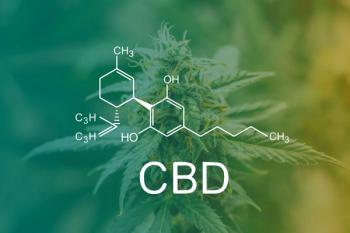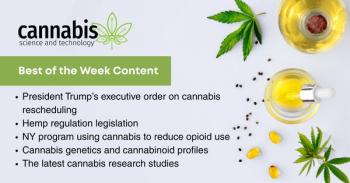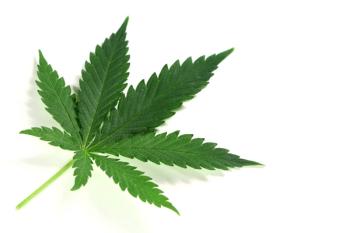
Ensuring Reliable Cannabis Analysis
Our sister publication, LCGC, covered a presentation from Zacariah Hildenbrand, PhD, in the Analytical Track of the Cannabis Science Conference Fall 2023.
Zacariah Hildenbrand, PhD, served as the chair of the Cultivation Track at the Cannabis Science Conference Fall 2023 and presented two talks in the Analytical Track. Below is coverage of his presentation titled "Getting the Most Out of Analytical Testing," written by Aaron Acevedo.
During a session at the Cannabis Science Conference on September 21, Zacariah Hildenbrand, PhD, a research professor in the Department of Chemistry and Biochemistry at the University of Texas, El Paso gave an overview of various analytical methods that are useful in cannabis analysis. "Cannabis is a versatile plant, with many different compounds in its makeup," Hildenbrand said. Enzymes such as cannabigerolic acid (CBGA), tetrahydrocannabinolic acid (THCA), and cannabidolic acid (CBDA) can all have different effects. Commercial testing protocols vary state by state, which can make it difficult to characterize different products.
“It's absolutely critical that we do this with a high degree of accuracy,” he said. “If you don't have the dosing dialed in, which is predicated on accurate testing, then someone can really have a horrible experience.”
To properly separate these compounds, complex instrumentation is required, with techniques such as high-performance liquid chromatography–ultraviolet (HPLC-UV) and headspace gas chromatography–flame ionization detection (GC-FID). Inductively coupled plasma mass spectrometry (ICP–MS) and inductively coupled plasma–optical emission spectroscopy (ICP–OES) can be useful in finding toxins, and quantitative polymerase chain reaction (qPCR) for detecting DNA of different species. Matrix-assisted laser desorption ionization–time-of-flight mass spectrometry (MALDI–TOF-MS) can be used for characterizing bacteria.
There are also other factors that can complicate cannabis testing, including unreliable laboratories that may run faulty analyses. Because of this, having proper data analysis and troubleshooting procedures is vital to safe and proper cannabis consumption.
Hildenbrand concluded by emphasizing the importance of paying attention to instruments used in commercial testing, specifically regarding calibration and peak shifts.
“If you're not following that key shift and you're not calibrating on a regular basis, you're missing signal, or you put could be mischaracterizing individual species,” he said.
Reference
Hildenbrand, Z. Getting the Most Out of Analytical Testing. In Cannabis Science Conference. Providence, Rhode Island.
Read the
Newsletter
Unlock the latest breakthroughs in cannabis science—subscribe now to get expert insights, research, and industry updates delivered to your inbox.




